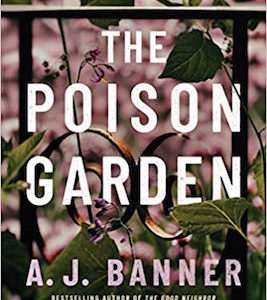You know, it’s funny when you stop to think about it. Writers are condemned to spend their lives building a better mousetrap or a more circular wheel. We’re constantly giving our monsters sharper teeth, darker shadows, and more blood around their eyes; then the real world gives us some monster that walks and talks like the guy down the street and we’re terrified.
Forget about Frankenstein’s Monster, the Creature from the Black Lagoon, or even Godzilla. The thrills we get from them may be indisputable, but it’s the knock on the door in the middle of the night, the silhouette of a man waiting at the far end of the alley, or the stranger who’s sitting in your living room when you get home that evokes real terror. It’s the monsters among us that we truly fear.
Here are some of our favorite literary human monsters. Luckily, only one of them was real. That should mean we’re safe…right?

Amy Dunne: Gone Girl by Gillian Flynn
We all know a “perfect couple,” two people who go together so well that you can’t imagine them with anyone else. They’re both attractive, they both lead interesting lives that never leave them at a loss for fascinating stories to tell over dinner, and their love and devotion to each other is evident in everything they say and do.
Or maybe that’s just what they want you to think. After all, Amy and Nick Dunne appear to be the perfect couple from the outside, but on the inside Amy is hatching a twisted, manipulative plot against him. She hates that Nick forced her to move from her beloved New York City to North Carthage, Missouri so he can be near his sick mother, and to punish him she fakes her disappearance and leaves clues framing Nick for her murder. It only gets more tangled from there, encompassing everything from a fictitious diary to a faked pregnancy to outright murder.
The perfect couple? Not exactly, but by the time we learn just how selfish and manipulative Nick is as well, we realize these two definitely deserve each other.
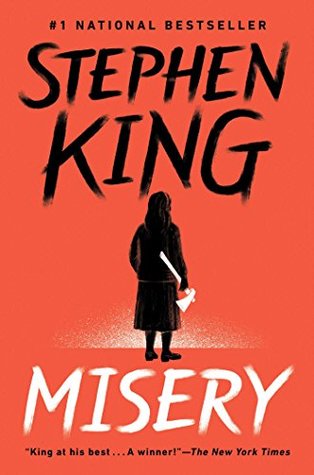
Annie Wilkes: Misery by Stephen King
Annie Wilkes is one of Stephen King’s greatest accomplishments—a character so original that she became a nouveau archetype unto herself. She is clever, resourceful, dangerous, and somewhat possessed. She is a serial killer who sees herself as a hero in a world gone wrong. She is a stalker/fan, a reader any writer would want buying his/her books, until…
In Misery, Annie kidnaps her favorite author to give him a shot at redemption. She’s been avidly reading a series he wrote, but she doesn’t like the way it ends. Most readers are satisfied with writing a nasty review on Amazon, but Annie stalks, kidnaps, and eventually tortures her writer, all the while seeing herself as the victim/savior willing to give the poor schmuck another chance.
She’s terrifying. She’s amazing.
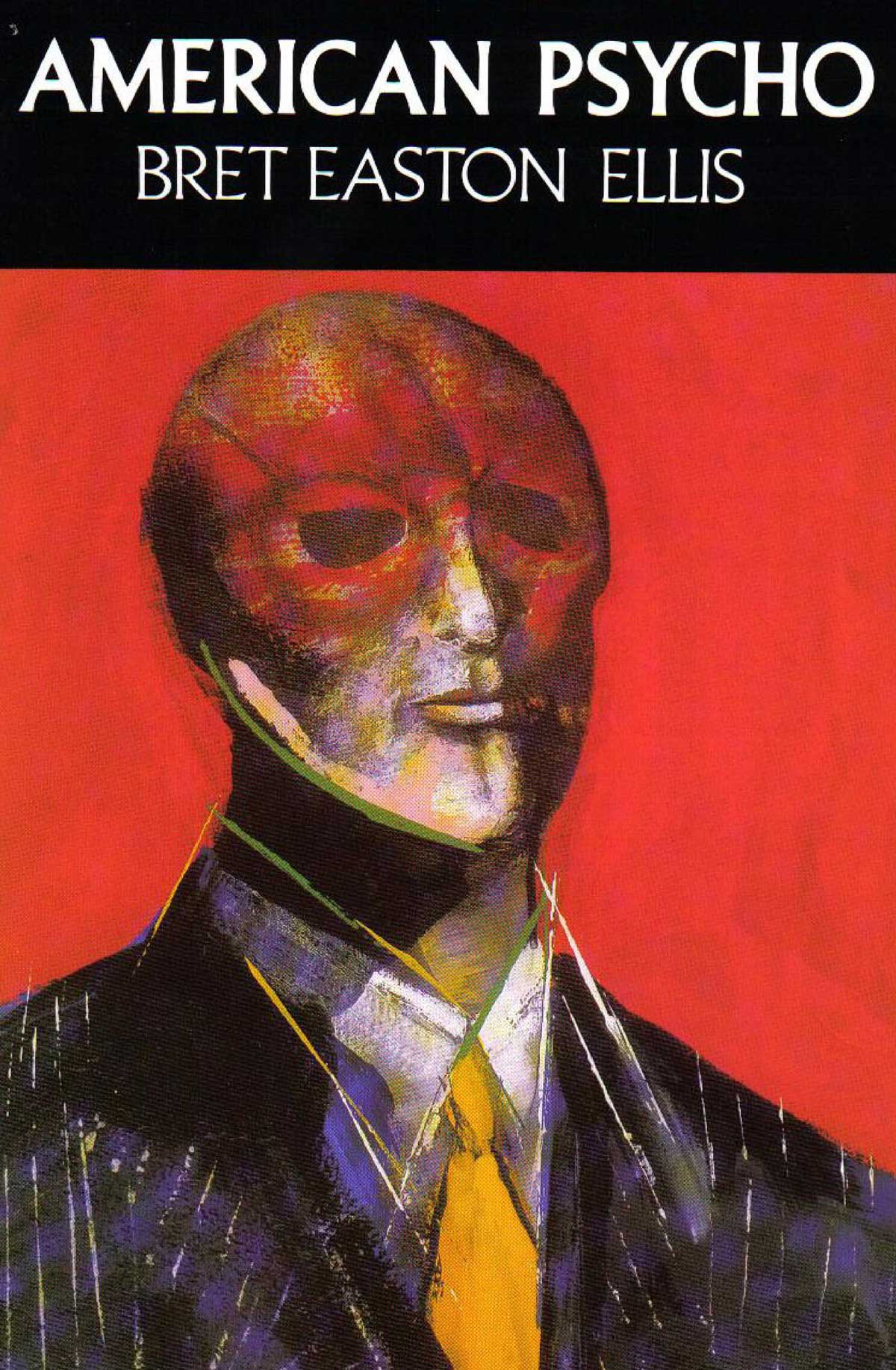
Patrick Bateman: American Psycho by Bret Easton Ellis
Bret Easton Ellis’s controversial 1991 novel is widely viewed as a critique of the shallow, dog-eat-dog aspects of capitalism and a consumerist society, and indeed Patrick Bateman embodies this theme with his job as an investment banker and his obsession with status and personal appearance.
But Bateman is also secretly a serial killer, enacting his sociopathic violence on a world that has become so superficial his crimes don’t seem to matter. Murdering one of his rivals at work sends him spiraling into a hallucinatory madness where he can no longer control his violent instincts, and the body count grows. But Bateman’s worst sin, perhaps, is that he is an unreliable narrator. There’s a sense that he might not actually have murdered anyone, and that every grisly crime he relates to the reader is just in his head.
But even if that’s the case, Bateman is a powder keg, and in a world where money and status are everything, the slightest change of fortune could be the match that finally makes him explode for real.
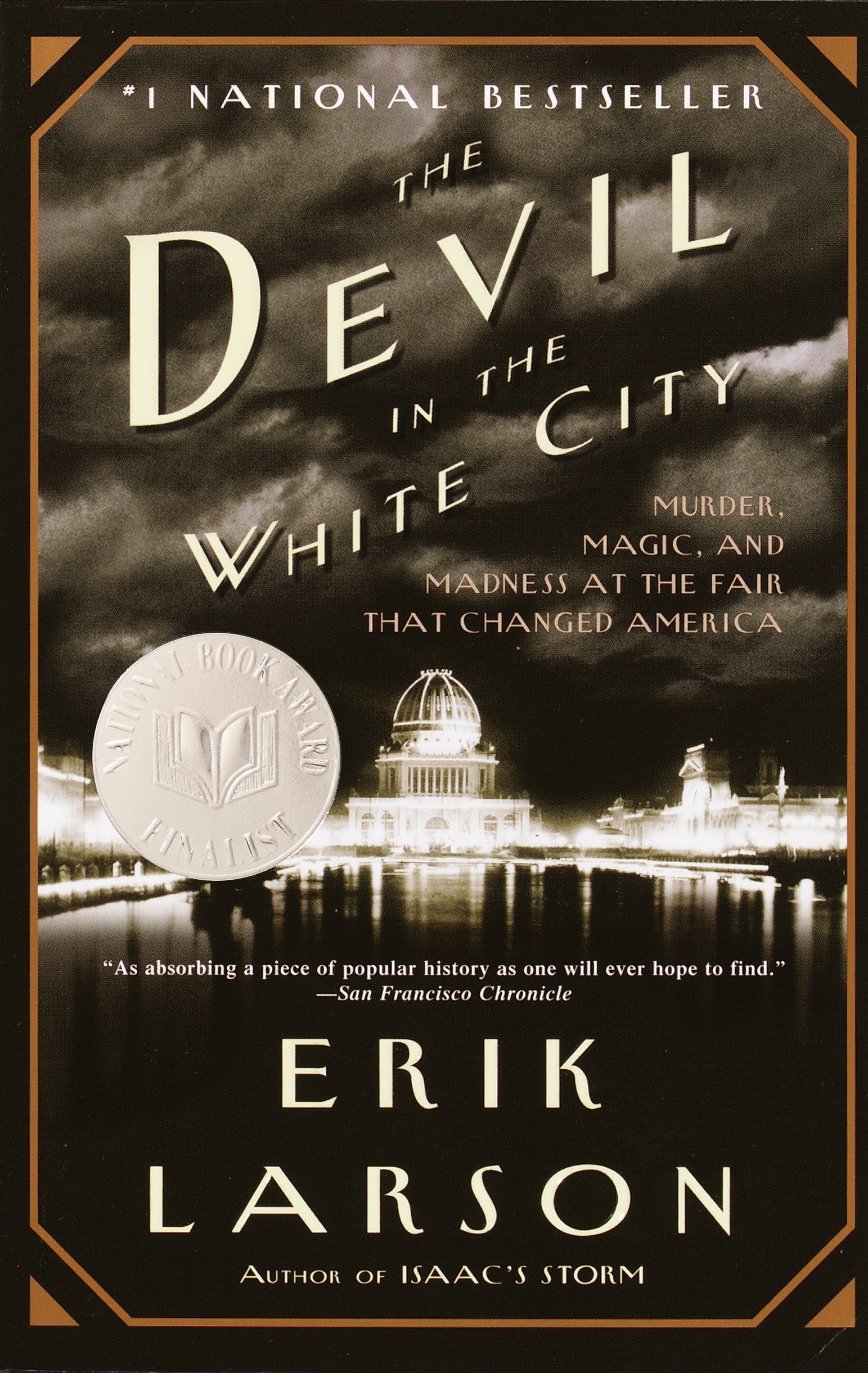
H.H. Holmes: The Devil in the White City by Erik Larson
H. H. Holmes was America’s first identified serial killer. He opened a boarding house in Chicago around the time of the 1893 World’s Fair while operating a second business selling skeletons to medical schools. You can fill in the blanks.
Erik Larson, a true pioneer in creative nonfiction, brings Holmes and his victims to life (and death) in The Devil in the White City. Taking license offered only in the realm of creative nonfiction, Larson takes readers into the demented mind of the serial killer and the minds of his victims. You get a feel for the heartless ways he played with his victims and the emotionless ways he dispensed them.
Larson’s vision of Holmes is terrifying, but juxtaposed with the illusion and grandeur of the great World’s Fair it’s almost hypnotic. Wild Bill Cody puts on a show and makes millions, and the Pitzel family vanishes. George Washington Gale Ferris Jr. builds a ride on a giant wheel that is a technological wonder, and Emeline Cigrand is never heard from again. This is the tale of a trapdoor spider in human form.
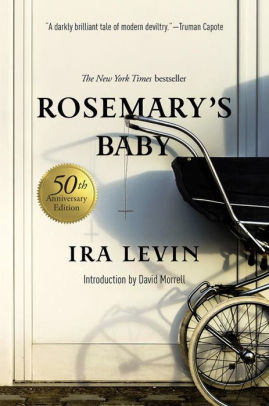
Minnie and Roman Castavet: Rosemary’s Baby by Ira Levin
Ah, nosy neighbors. You can’t escape them, whether you live in a small town or the Bramford apartment building in the heart of bustling New York City, as Rosemary Woodhouse does with her husband Guy.
As soon as they move in, they’re befriended by their neighbors Minnie and Roman Castavet, a charming elderly couple. But as we know by now, looks can be deceiving. Minnie and Roman have special plans for Rosemary. Diabolical plans, you might say. As the leaders of a Satanic cult, they’re looking for someone to give birth to the Devil’s son, the Antichrist, and they think Rosemary is the perfect candidate.
Some neighbors are always coming over to borrow your tools. Some neighbors like to catch you outside your door and talk your ear off. But the neighbors you really have to watch out for are the ones with dark secrets, ulterior motives, and the occasional Satanic ritual performed in their living room.
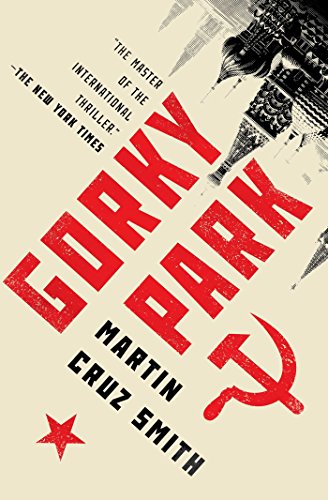
Major Sergei Sergeevich Pribuluda: Gorky Park by Martin Cruz-Smith
Three bodies are found in Gorky Park, in Moscow, in 1981—a decade before the fall of the Soviet Union. The bodies have been buried in snow. No telling how long they’ve been dead. Their faces have been cut. Their teeth are kicked in. Their fingers have been snipped off. In the pre-DNA days of the 1980s, they are unidentifiable. Only, a lowly inspector is assigned to identify them and catch the killer.
During the investigation the lowly policeman crosses paths with Major Pribluda of the KGB. These boys know each other, but they aren’t pals. They both enforce the law, more or less, but Pribluda’s definition of law enforcement includes driving “criminals” to the lake, stuffing rubber balls in their mouths so they can’t scream for help, and shooting them. . .all to protect the proletariat.
As monsters go, Pribluda is a chubby, dangerous sociopath with a heart. No joke. He is one of the more interesting and noble monsters we have encountered in our reading.
















